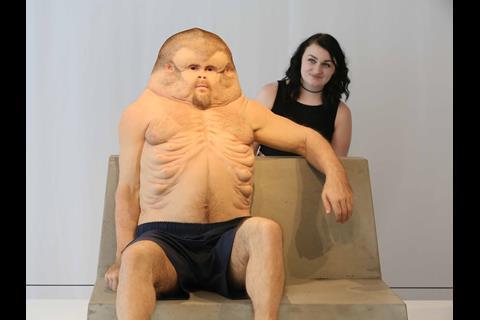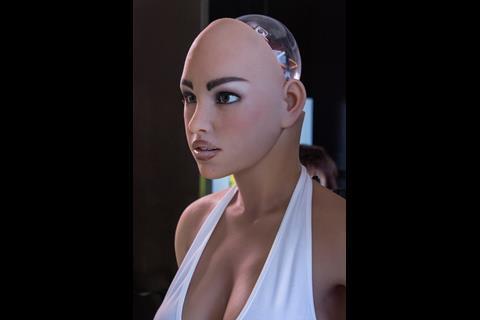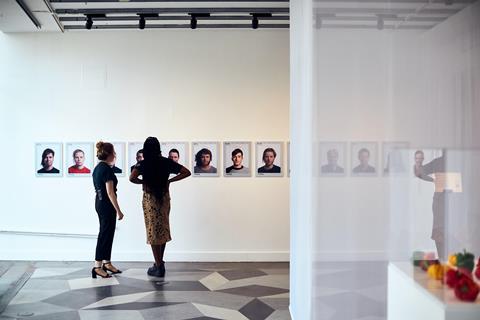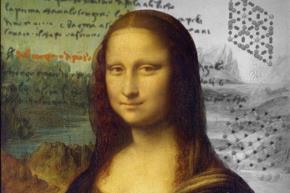The Science Gallery, Trinity College Dublin, Ireland
Open until 6 October 2019
Free entry
Further information: dublin.sciencegallery.com
The current exhibition at Science Gallery Dublin focuses on perfection, a theme originally conceived by its sister gallery in Melbourne.
Walking in, my eye is drawn to a glass case full of vibrant yellow, green and red bell peppers. On closer inspection these turn out to be plaster replicas of real ones that have grown into strange, gnarly shapes – the collection is a million miles away from the crates of uniform specimens you see in today’s shops. These contorted rejects ask me to reflect on our desire for perfection, through the medium of veg. It is a desire that has bigger implications than you might think: over half of fresh produce gets spurned from supermarkets for cosmetic reasons.
The pursuit of perfection extends further. A graphic tracks how the 100m sprint records for men and women are getting faster as time passes. Beside it, there is a 20-minute-long video of Australian artist Tyler getting a spray tan, along with a shorter one of her waxing. This work, titled Womanhours, considers the demands placed on women to meet societal conventions and the psychology behind our desire for a flawless self. It certainly highlighted to me how tedious some of these rituals can be.
Upstairs, I find myself face to face with a beautiful robotic head that has been enhanced with artificial intelligence, a representation of a futuristic ‘doll-to-order’ programmed to build meaningful relationships with their owner. Unfortunately she was unable to converse on the day I visited, as she was due some hardware maintenance. A potential relationship problem for future buyers of robotic perfection, perhaps.
Beside Harmony – that’s the robotic head’s name – is a quease-inducing video of French performance artist Orlan, wide awake as her face is dissected by scalpel. Orlan makes a public spectacle of cosmetic surgery, while successfully poking fun at beauty standards. All her enhancements are based on famous artworks. Here she gets eyebrow implants to give her a Mona Lisa brow. She underwent nine such surgeries for the sake of art, which is as impressive as it is disturbing.
Perfection doesn’t always mean beauty. Close by sits a grotesquely misshapen silicon man. ‘Graham’ has had his anatomy adjusted to be the perfect crash test dummy. He has no neck, an enlarged skull for cushioning with more cerebrospinal fluid and fluid sacs between his ribs to protect internal organs from a car accident. Real human hair adorns his eerily lifelike form.
You can’t run a perfection theme without jumping into dystopian genetic fantasies. One here features a printout of an artist’s entire genome, but with AI-generated edits suggesting how it could be improved. Another lists a menu of changes future us might salivate over, such as genes to protect us from stress.
The Ark of Perfection downstairs offers to store DNA samples from visitors – something I decline – in order to preserve traces of our present imperfections as a lasting counterpoint to the perfection that may one day arrive.
The exhibition as a whole feels like a taster, rather than Science Gallery’s usual sprawling fare, and is easily swallowed in less than an hour. Perfect for a quick wander in your lunch break.


















No comments yet